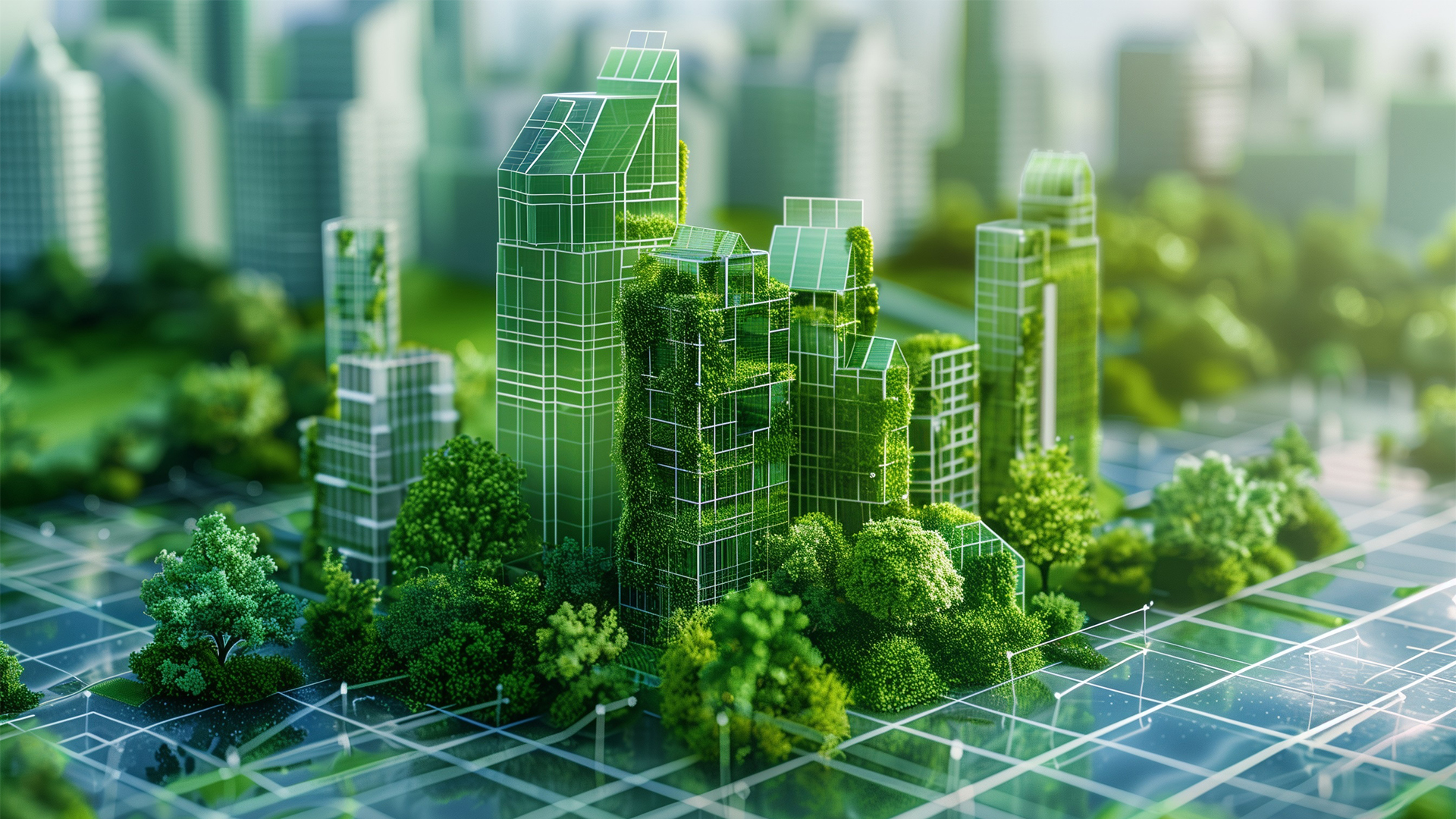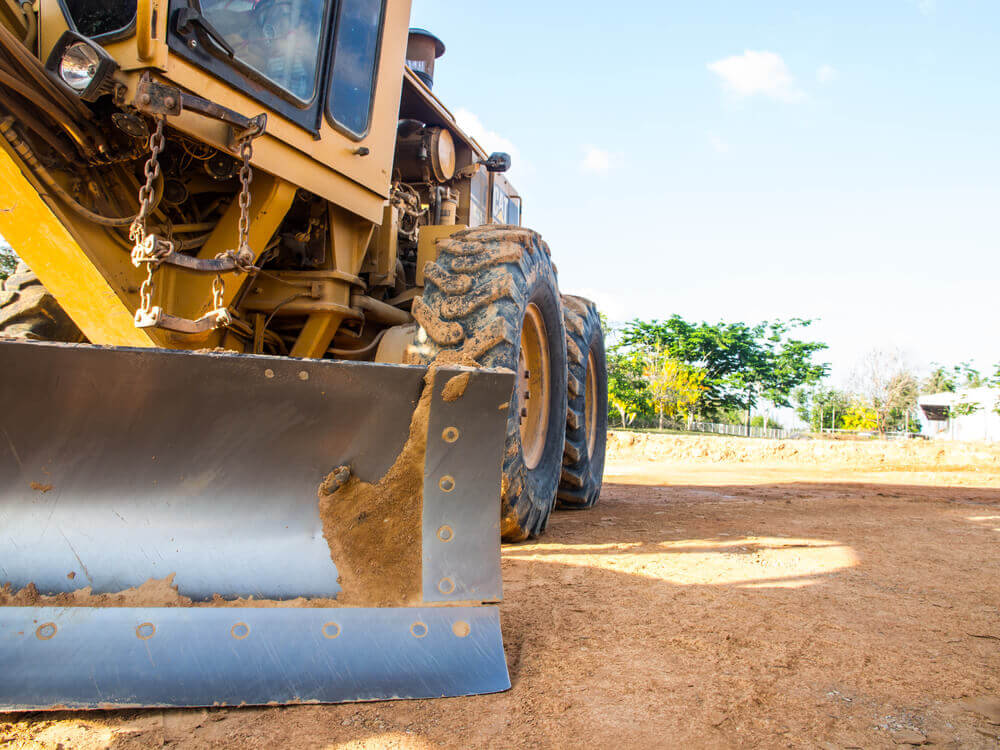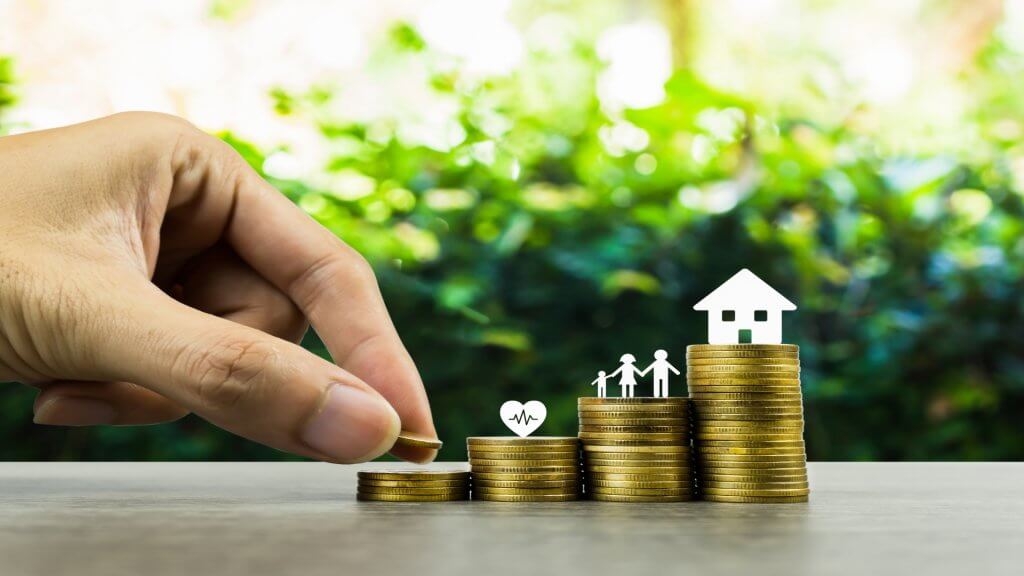
Ekrem Akcay is a highly accomplished Mechanical Engineer with over 20 years of international experience in welding technologies, industrial automation, manufacturing, and energy efficiency across Turkey, the UK, Germany, Dubai, and the USA. He earned his Mechanical Engineering degree from Ataturk University and completed a Postgraduate Certificate in Automotive Engineering at the University of Brighton, specializing in next-generation electric and autonomous vehicles. Throughout his career, he has held key leadership roles, including Turkey Field Sales Manager at Yıldız Gaz Armatures, Area Sales Manager at EWM GmbH (Germany), and Sales Supervisor at Lincoln Electric. His expertise includes welding automation, gas safety systems, machine part manufacturing, and green energy solutions. He has led major projects in shipyard safety, steel industry applications, and industrial gas regulation, significantly improving occupational safety and production efficiency. With a strong background in engineering management, project leadership, and sustainable development, he is dedicated to advancing industrial technologies and contributing to innovative solutions in engineering and manufacturing.
Industrialization and Globalization: Towards a Cleaner and Greener Future
Industrialization and globalization have accelerated production and trade processes, leading to an increase in construction and transportation activities. However, this growth has also brought about significant environmental challenges. This article discusses two key innovations and initiatives that can drive positive change in the construction and transportation sectors toward sustainability, contributing to a cleaner and greener future for all. Electric ships and eco-friendly buildings are essential for reducing reliance on fossil fuels, minimizing carbon footprints, and mitigating harm to aquatic ecosystems.
ECO-FRİENDLY BUİLDİNGS OF THE FUTURE
As the global population grows, the shift toward green building practices and sustainable construction methods becomes increasingly urgent. The rapid depletion of raw materials and energy sources poses serious challenges for our planet.
According to United Nations (UN) data, by 2050, approximately 68% of humanity will live in urban areas, which occupy only 3% of the planet’s surface but consume 78% of global energy and produce 60% of greenhouse gas emissions. This underscores the crucial role of not just engineers and architects but also municipal governments in urban planning and infrastructure development.
The Importance of Green Buildings in Energy Efficiency
In the U.S., buildings are responsible for 40% of total energy use, 75% of electricity consumption, and 35% of carbon emissions. Green buildings are a leading solution to reduce energy consumption. While much attention is currently focused on electric vehicles, decarbonizing building stock is equally critical.
Key criteria for green buildings include lower energy and water usage, reduced waste, and eco-friendly, healthy, and comfortable ecosystems. Integrating solar panels, wind turbines, green roofs, and advanced insulation techniques into building designs minimizes energy use, reduces reliance on fossil fuels, and lowers operational costs, making sustainable buildings both environmentally friendly and economically viable.
Artificial Intelligence in Green Architecture
Artificial intelligence (AI) will play a pivotal role in future green buildings. AI integration in eco-friendly architecture enhances energy savings. For example, sensors can detect occupancy in rooms and adjust heating, cooling, and lighting accordingly. AI-driven systems analyze weather data and user preferences to optimize energy use, ensuring minimal wastage. These intelligent systems provide a more comfortable living environment and adapt to users’ needs in real-time.
Water Efficiency: A Vital Element
UN and UNESCO reports highlight the increasing demand for water due to population growth and global warming, alongside the dwindling availability of freshwater resources. Green buildings address this challenge by harvesting rainwater for non-potable uses such as irrigation and flushing toilets, reducing the burden on municipal water supplies. Additionally, collected water can be stored for landscaping and cleaning purposes, decreasing the demand for drinking water. Efficient cooling techniques using evaporative water from building foundations can also contribute to temperature regulation during summer months.
Certified water-saving fixtures and systems that promote recycling are essential for further enhancing water efficiency in green buildings.
Recycled and Renewable Materials
The use of recycled and renewable materials is critical for reducing carbon emissions, lowering dependence on fossil fuels, and supporting the economy. By prioritizing resource efficiency and minimizing new raw material use, construction processes can significantly mitigate their environmental impact. In the European Union, for instance, 25-30% of all waste is generated by construction and demolition activities.
Innovative technologies now enable the recycling of nearly every type of waste. For example, crushed concrete can be processed into gravel, sand, and limestone for reuse, offering both economic and environmental benefits. In Turkey, a company has successfully manufactured 100% recycled sinks from discarded materials, showcasing the potential of upcycled construction elements.
Preventing Waste at the Source
Source reduction strategies aim to minimize waste generation. These include reducing plastic packaging, promoting reusable products, and implementing environmentally friendly practices. Food waste can also be transformed into compost or biogas using small-scale machines integrated into green buildings. Such measures help reduce air pollution, global warming, and groundwater contamination.
Encouraging the use of recycled paper, packaging, and reusable alternatives can significantly reduce waste. While stopping the construction of buildings or skyscrapers is unrealistic, creating sustainable structures ensures a healthier future. Beyond merely planting trees, incorporating features like sky gardens, pools, waterfalls, and terrace planters transforms buildings into natural air purifiers and improves urban biodiversity.




















